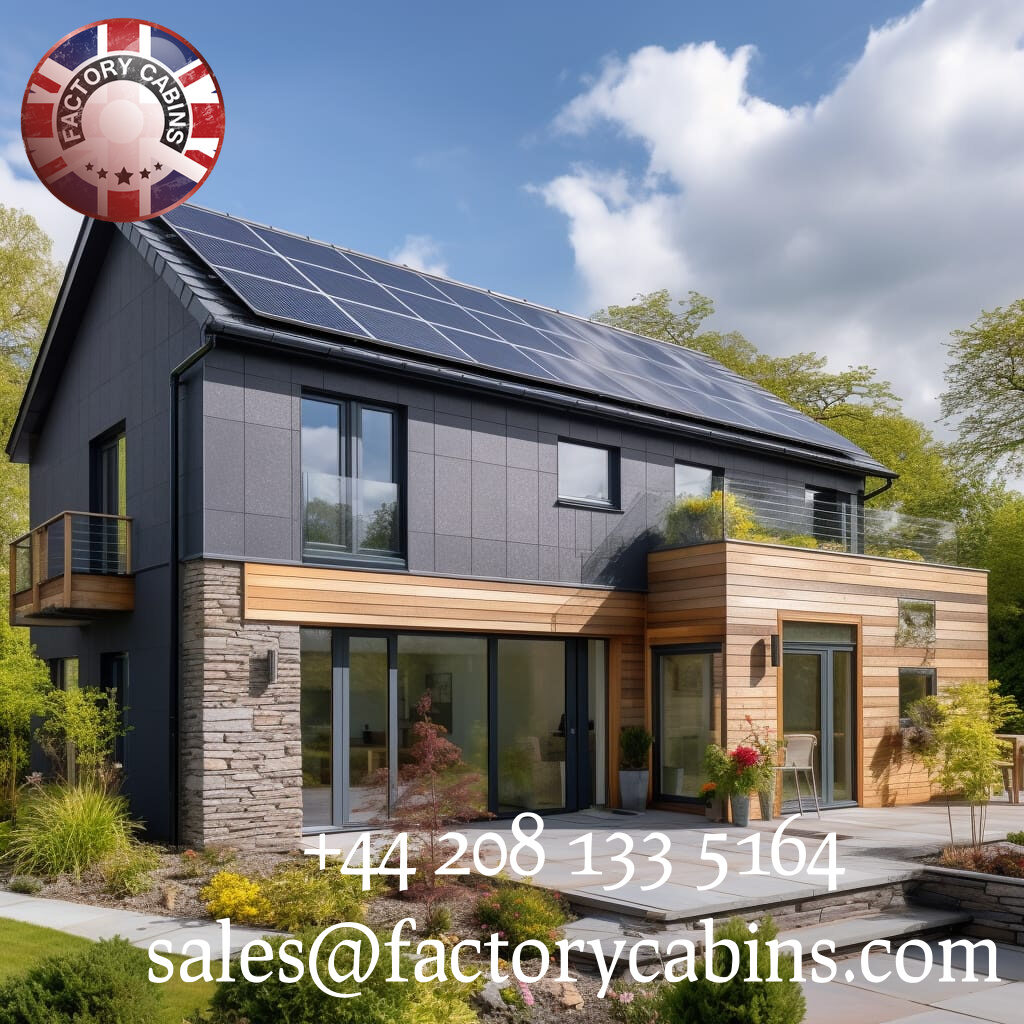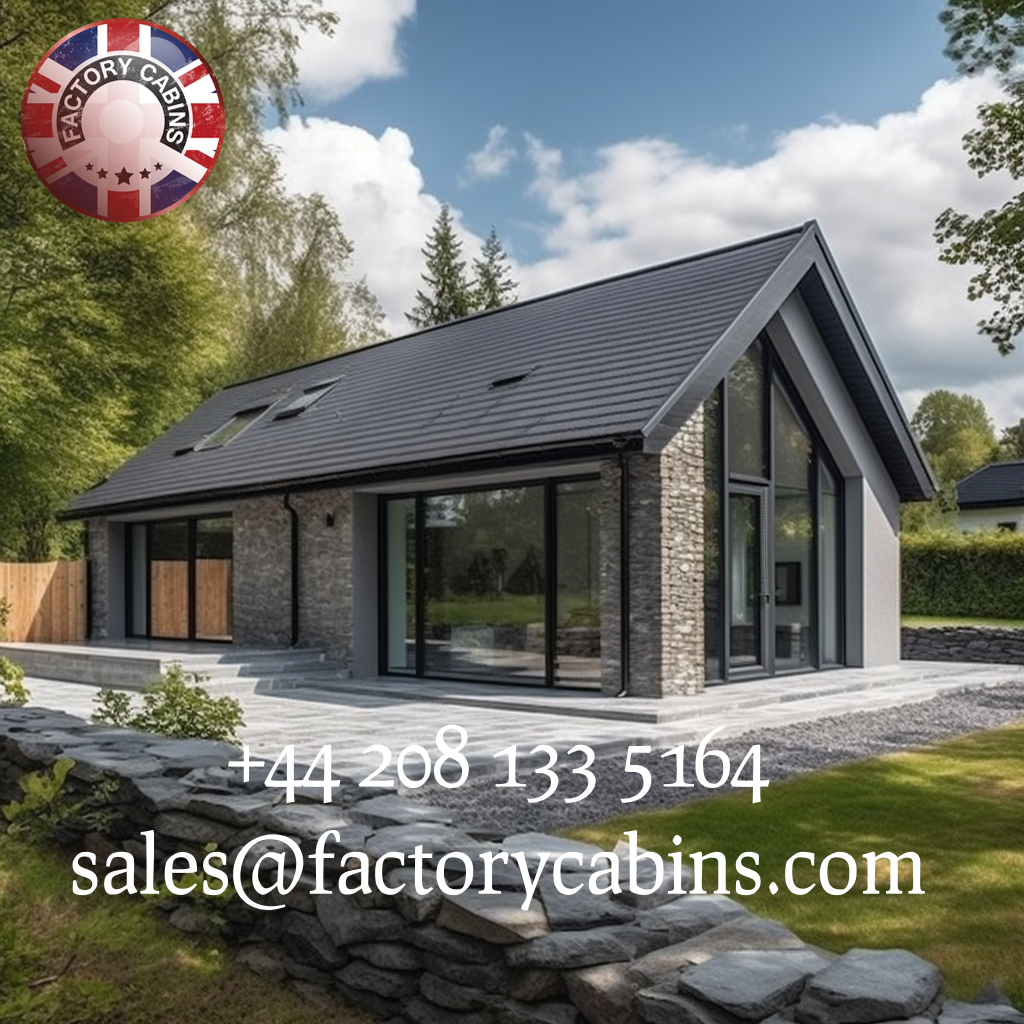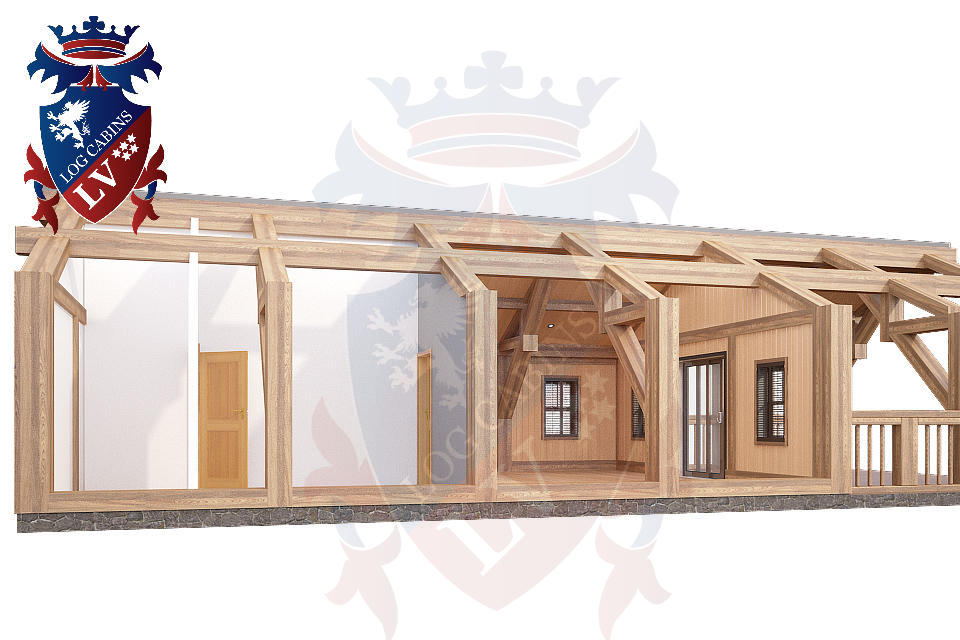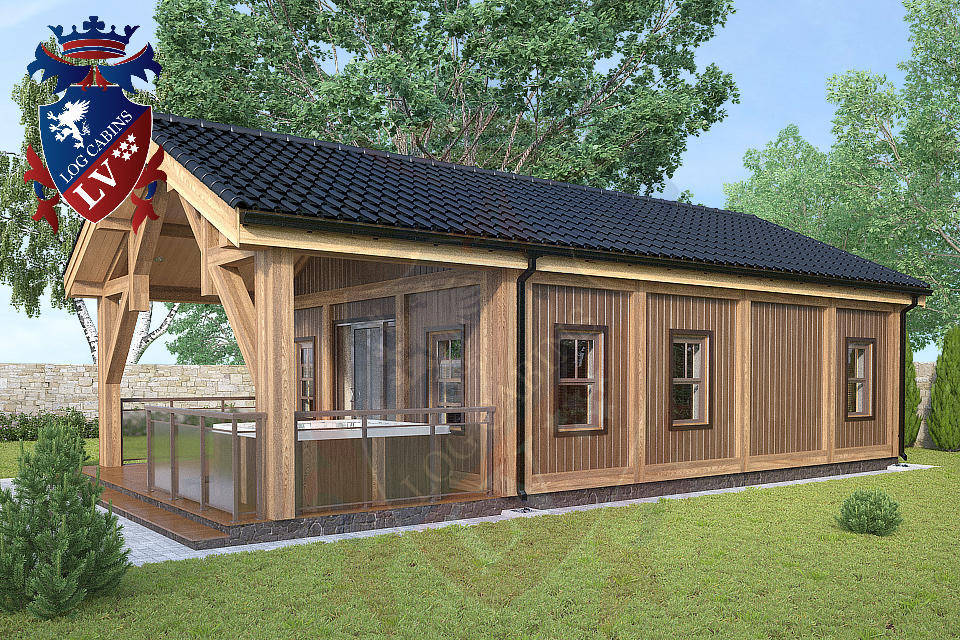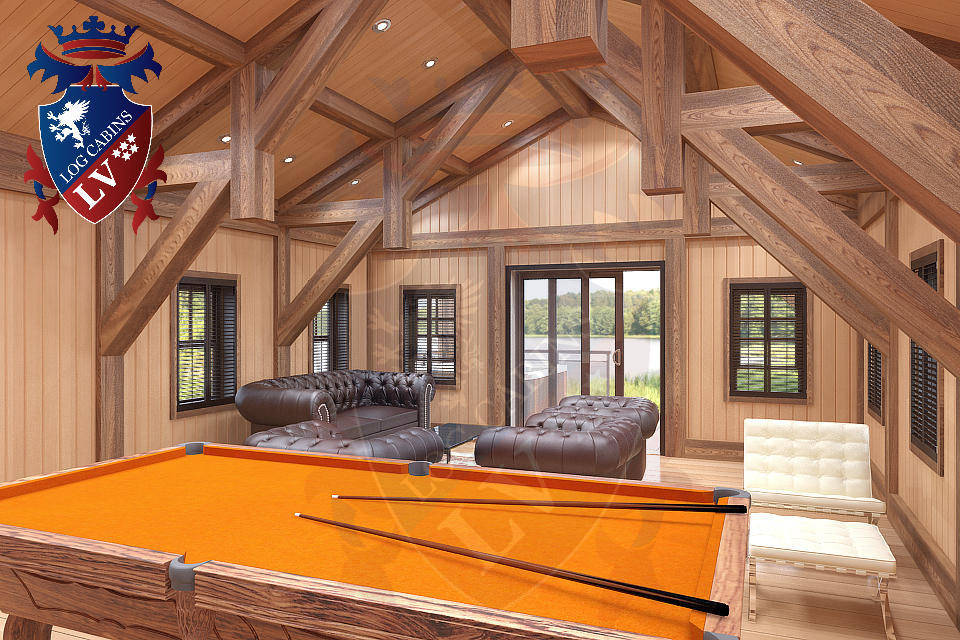
Over the last decade, the notion of net-zero buildings has acquired significant support in the field of sustainable development. This astonishing trend is more than a passing fad; it is a transformative movement in the building sector. We, as industry professionals at the forefront of this green revolution, are here to assist you through the complexities of Net Zero Buildings, including tiny houses, new buildings, and a myriad of other exciting developments that define the landscape of sustainable architecture.
Understanding Net Zero Structures
Net Zero Buildings, or NZBs for short, represent a paradigm shift in the way we build and live our places. These environmentally friendly structures are meant to produce as much energy as they consume, striking a harmonious balance between environmental responsibility and human comfort. The primary goal of net-zero buildings is to reduce their carbon footprint and dependency on non-renewable energy sources.
Net Zero Building Characteristics
- Solar Energy Integration
The incorporation of solar panels is a key aspect of net-zero buildings. These photovoltaic marvels harness the sun’s energy and convert it into clean, sustainable electricity. Net Zero Timber Frame Buildings generate power for lighting, heating, cooling, and other energy demands by precisely installing solar panels on roofs or walls. - Superior Insulation
Excellent insulation wins the war against energy waste. Net Zero Timber Frame Buildings use cutting-edge insulation materials and practises to ensure little heat loss during the winter and less heat gain during the hot summer months. This leads in huge energy savings throughout the year. - Energy-Saving Appliances
Net Zero Timber Frame Buildings are outfitted with energy-efficient appliances in our pursuit of sustainable living. These products, which range from LED lighting to Energy Star-rated appliances, considerably reduce electricity use, helping to achieve the net-zero energy objective. - Innovative Ventilation Systems
It is critical to maintain a healthy indoor atmosphere. Net Zero Timber Frame Buildings use modern ventilation systems to maintain a steady supply of fresh air while collecting heat from the incoming air, decreasing the need for unnecessary heating or cooling.
The Tiny House Movement
It’s no wonder that the Tiny House movement has swept the world by storm. These modest yet cleverly designed residences are the epitome of the Net Zero principle. Their small size necessitates minimal energy use, making them naturally eco-friendly.
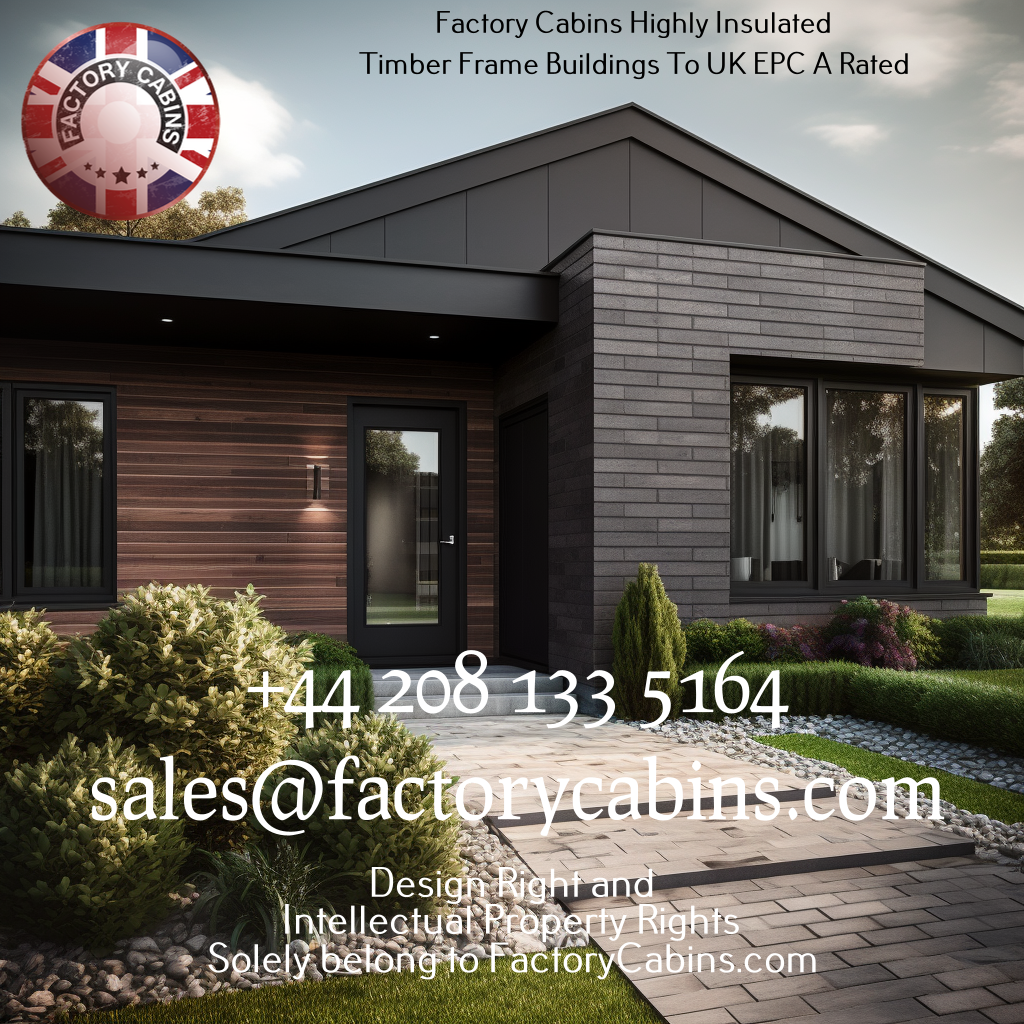
Advantages of Tiny Houses
- Environmentally Friendly
Tiny houses are created on a smaller scale, which means they use fewer resources to construct. Furthermore, their lower energy requirements are well aligned with the Net Zero philosophy. - Living Made Straightforward
Tiny houses encourage a simpler way of life. With little space, residents are pushed to tidy, eliminate waste, and prioritise the necessities. This transformation in lifestyle has profound implications for sustainability. - Mobility
Many tiny homes are built on wheels, making it easy for homeowners to relocate. This mobility corresponds to the principle of reducing one’s carbon footprint by deciding where to live and work.
The Future of Net Zero New Construction
The emergence of Net Zero New Builds exemplifies the progression of Net Zero Buildings. These are ground-up construction projects that use cutting-edge technologies and ecological practises.

Sustainable Materials Pioneers
Net Zero New Builds frequently employ environmentally friendly building materials including recycled steel, repurposed wood, and low-VOC (Volatile organic compound) paints. These options not only have a lower environmental impact, but they also promote better indoor air quality. Net Zero new builds require at the very beginning a very robust, long-lasting roof covering and a superb timber treatment; this depends on your choice of the external cladding.
Integration of Smart Homes
Net Zero New Builds rely heavily on modern technology. Home automation systems enable residents to optimise energy consumption by intelligently controlling lighting, heating, and cooling systems.
Community-Oriented Approaches
Net Zero New Builds are more than simply buildings; they are part of a larger vision for sustainable communities. Developers frequently design these projects with shared green areas, carpooling incentives, and other environmentally friendly elements in mind.
Conclusion
Net Zero Buildings, including small dwellings and Net Zero New Builds, have emerged as beacons of innovation in the pursuit of sustainable living and environmentally conscious construction. These eco-friendly marvels not only lower carbon footprints but also improve quality of life. As we seek to have a positive impact on the environment, adopting the Net Zero mindset in architecture is no longer an option; it is a requirement.
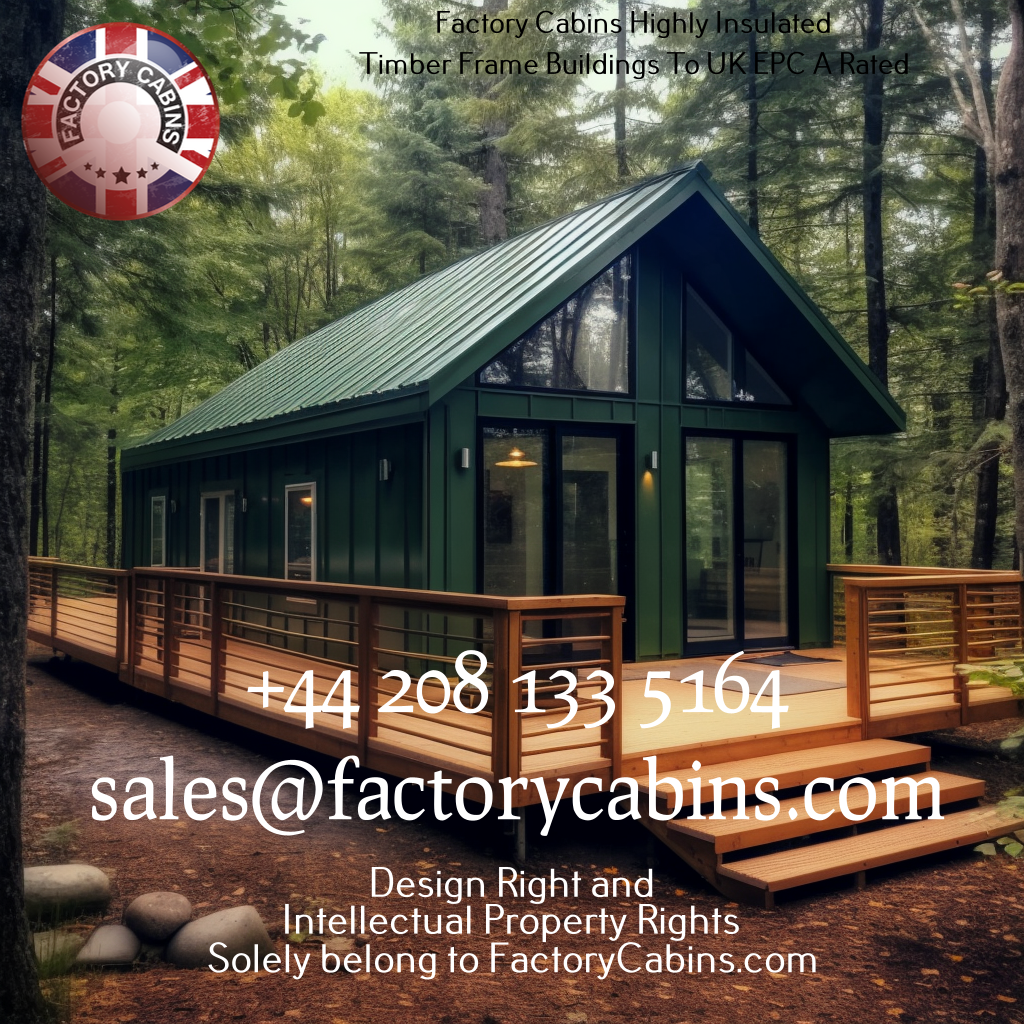
The Green Building Standard
Architects and builders frequently look for green building certifications in their pursuit of net-zero buildings. These certificates certify a structure’s sustainability and eco-friendliness, providing peace of mind to both builders and occupants. LEED (Leadership in Energy and Environmental Design) and Passive House Certification are two well-known certifications. Ground-source heat pumps, Solar Panels, etc.
LEED Accreditation
LEED is a widely recognised certification system that evaluates a building’s overall sustainability and environmental performance. It assesses elements such as energy efficiency, water usage, indoor air quality, and the use of environmentally friendly materials. Achieving LEED certification is an important accomplishment for any Net Zero Building project because it shows a dedication to decreasing environmental impact.
Certification for Passive Houses
Passive House Certification, on the other hand, places a premium on exceptional energy efficiency. Because these structures are so well-insulated and airtight, they consume very little energy for heating and cooling. This strategy is perfectly aligned with the Net Zero concept since it assures that the building’s energy demands are extremely low, making achieving a net-zero energy balance easy.
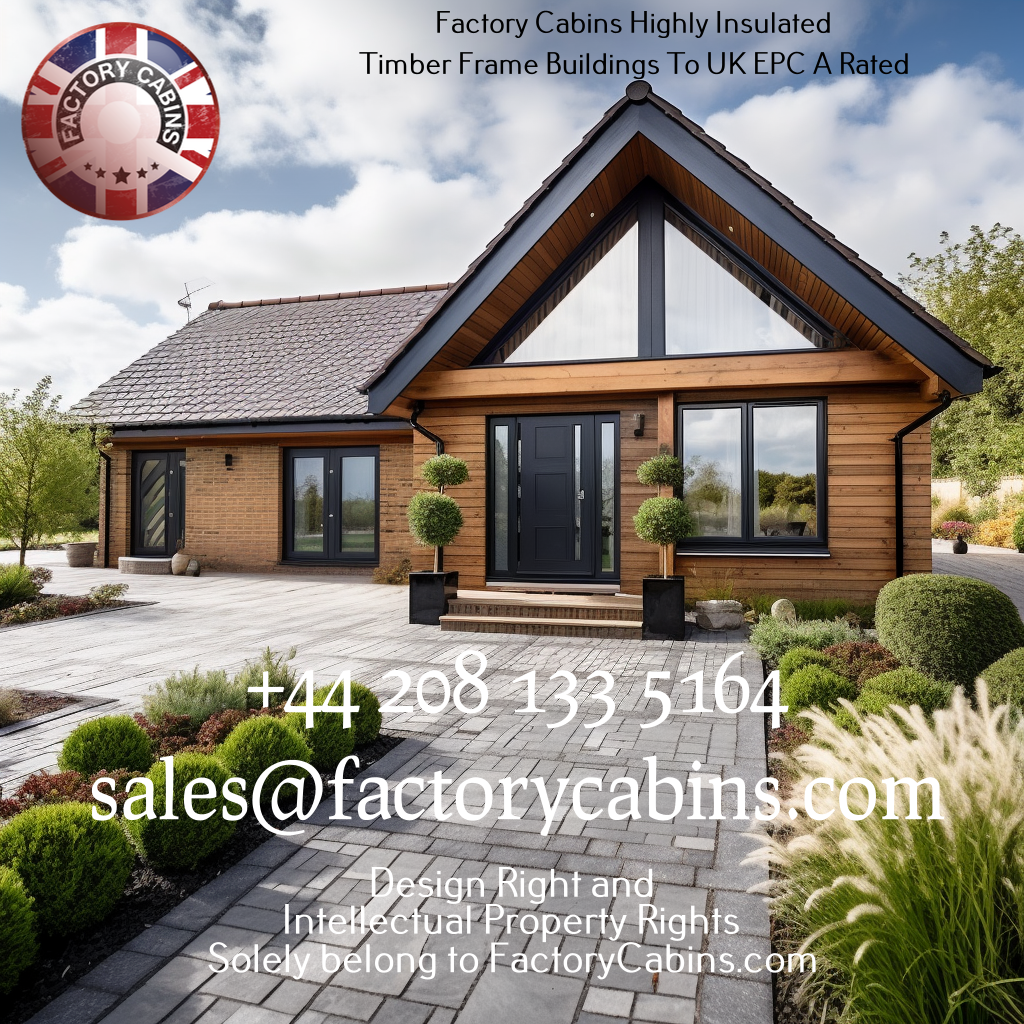
Net-Zero Buildings Financing
While the benefits of Net Zero Timber Frame Buildings are apparent, many people are concerned about financing such projects. However, multiple tactics and incentives are in place to make these long-term goals a reality.
Incentives from the government
Governments around the world are increasingly recognising the value of sustainable construction. Many states provide tax breaks, grants, and subsidies to stimulate the construction of net-zero buildings. These financial incentives can dramatically reduce the upfront costs of such projects, making them more affordable to a broader spectrum of developers and households.
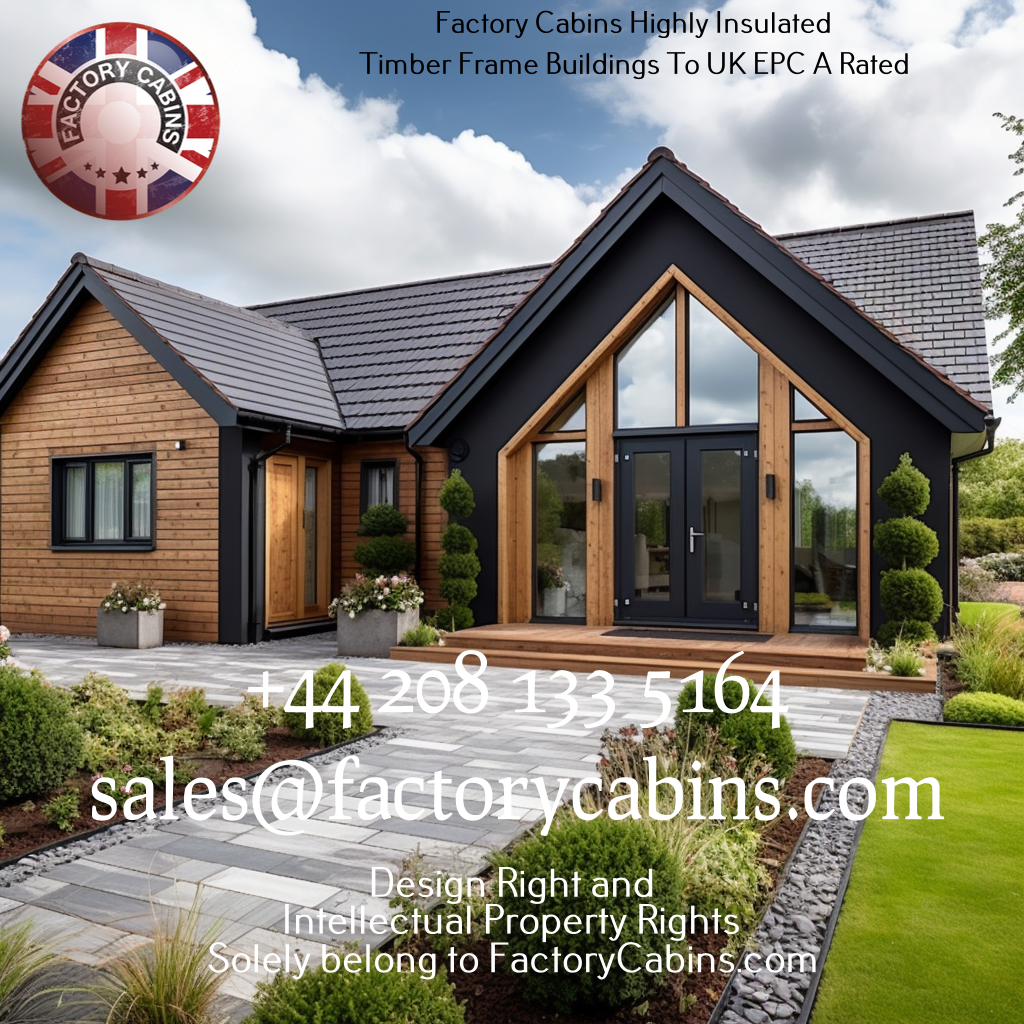
Long-Term Investments
Net Zero Timber Frame Buildings must be viewed as long-term investments. While the initial expenditures are higher than with standard construction, the continuous savings on utility bills are significant. Energy savings might offset the original expenditure over time, making the decision to go Net Zero financially prudent.
Alternatives for Green Financing
Green finance alternatives targeted to Net Zero Building projects are increasingly being offered by banks and financial organisations. These loans frequently offer advantageous features, such as reduced interest rates, longer repayment periods, and flexible terms to meet sustainable activities.
Education and Awareness are Critical
Education and awareness are critical as we progress towards a more sustainable future. It is critical for homeowners, builders, and legislators to stay up-to-date on the newest developments in sustainable construction and the benefits of net-zero buildings.
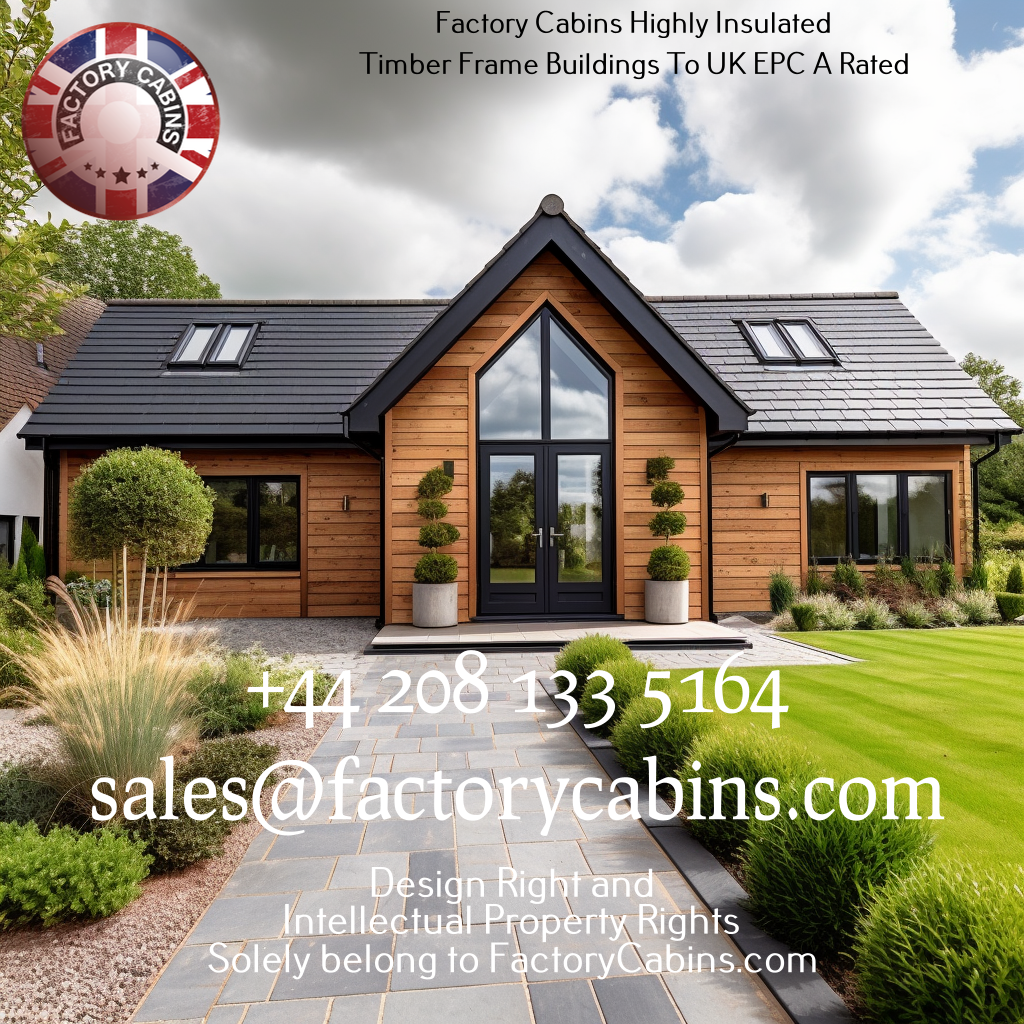
Initiatives for Education
Many organisations and institutions provide workshops, seminars, and online courses to teach people about Net Zero construction ideas and practises. Individuals can use these resources to make educated decisions regarding their homes and businesses.
Campaigns for Advocacy and Awareness
Sustainability advocates and organisations are working relentlessly to spread the word about the significance of net-zero buildings. They hope to influence public policy and inspire more widespread adoption of sustainable construction practises through advocacy and outreach activities.
Taking Part in the Net Zero Revolution
Finally, the Net Zero Building movement is more than a passing fad; it represents a fundamental change towards a more sustainable and eco-conscious future. These unique constructions, which include small dwellings, Net Zero New Builds, and others, provide a glimpse into the future of construction. We can create a healthier and more environmentally responsible world for ourselves and future generations by lowering our carbon footprint and utilising renewable energy sources.
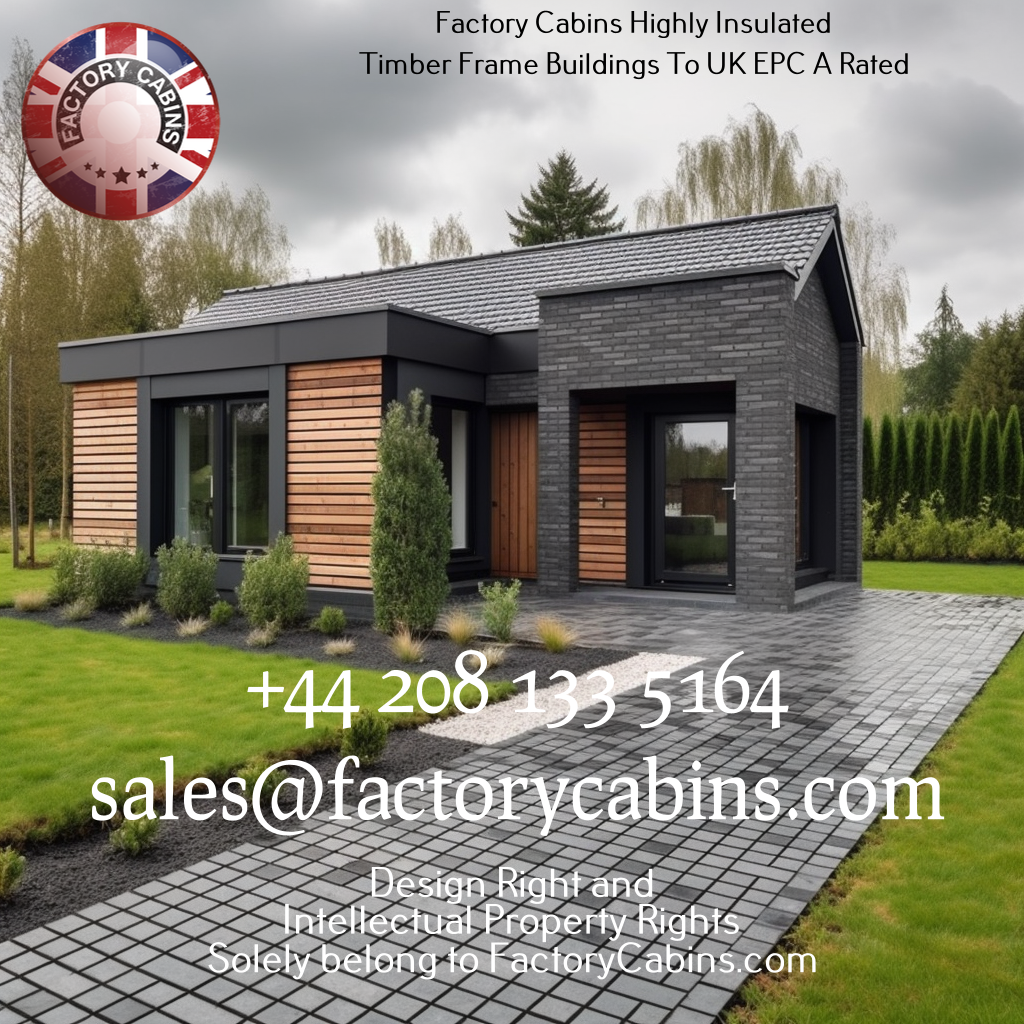
If you’re ready to go on a path to sustainability and net-zero living, now is the moment to act. Investigate the options, look for green finance, and become an advocate for a brighter, greener future. We can make net-zero timber frame buildings the norm rather than the exception if we work together.
Net-Zero Buildings Around the World
The Net Zero Building movement is not restricted to one location; it is a worldwide phenomenon. Architects and builders around the world are embracing sustainability and energy efficiency ideas to develop environmentally responsible projects.
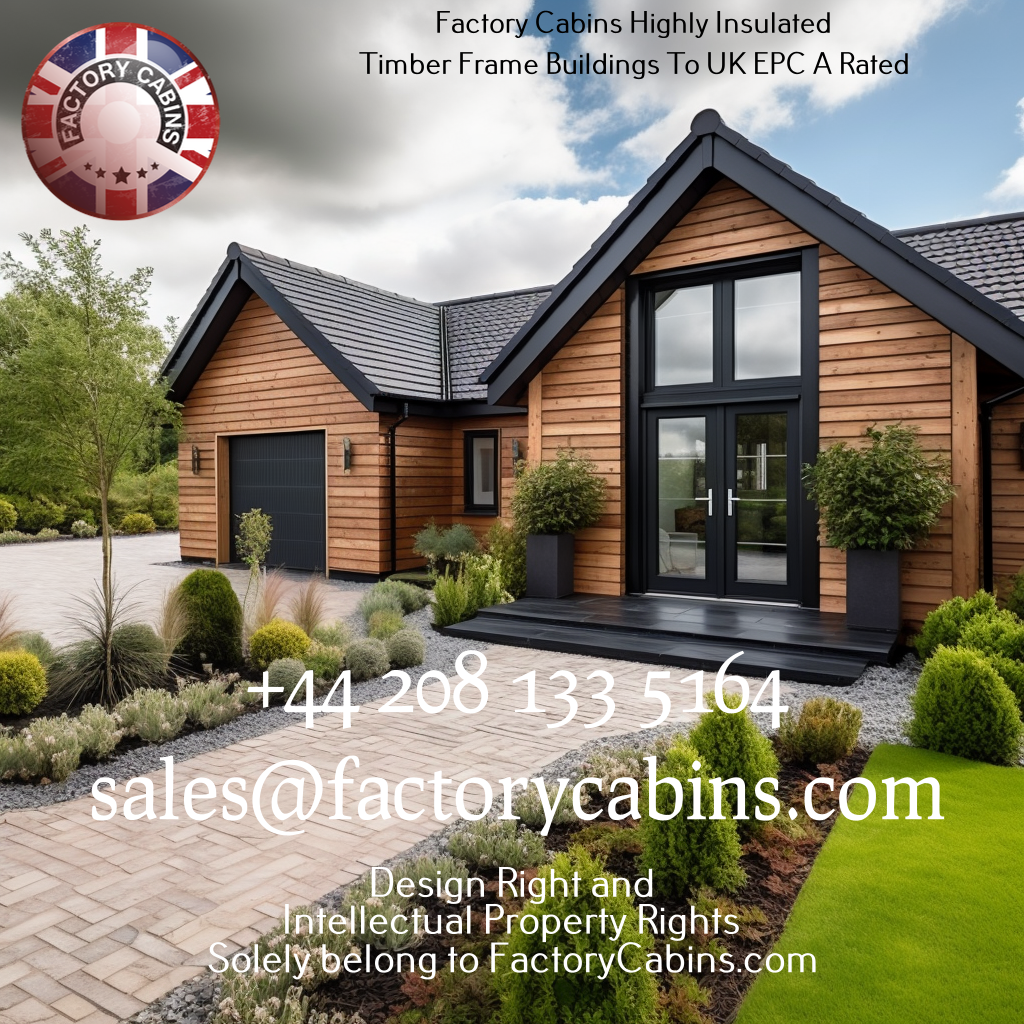
Case Studies from Around the World
There is a huge diversity of Net Zero timber frame buildings that serve as shining examples of what can be achieved, ranging from Sweden’s revolutionary passive cottages to Singapore’s high-tech green skyscrapers. These case studies demonstrate how sustainable building practises can be used in a variety of climates and urban environments.
Intercultural Cooperation
The Net Zero Building movement’s brilliance rests in its collaborative nature. Architects, engineers, and environmentalists from all over the world are working together to push the boundaries of sustainable design. This cross-cultural collaboration yields novel solutions that benefit everyone.
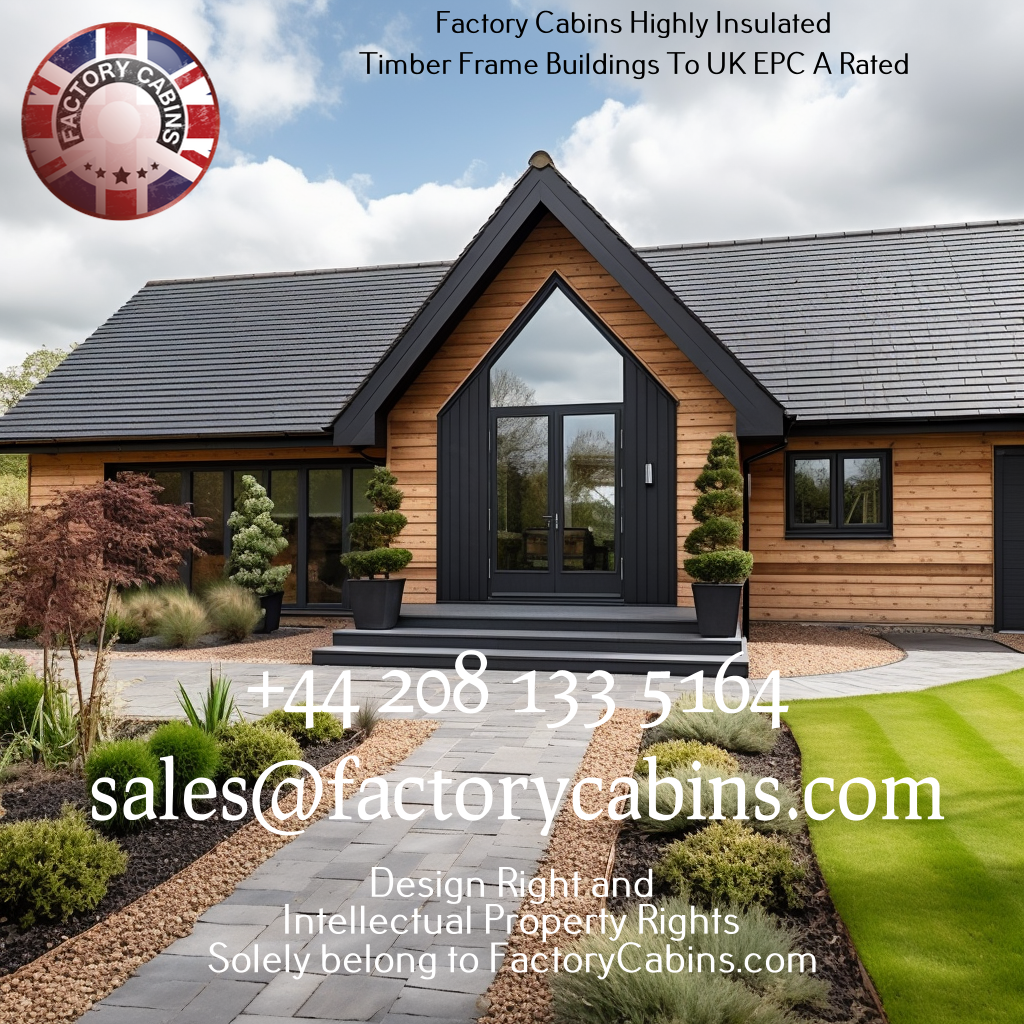
Energy Independence and Net Zero
Net Zero Timber Frame Buildings lower their carbon footprint while simultaneously encouraging energy independence. They reduce dependency on traditional power networks, which can be vulnerable to outages and price variations, by utilising renewable energy sources.
Off-the-Grid Living
Some Net Zero Timber Frame Buildings go even further, becoming totally self-sufficient. Solar panels and wind turbines provide all of the energy required by these homes and constructions. This level of self-sufficiency gives homeowners and businesses more control over their energy consumption and expenditures.
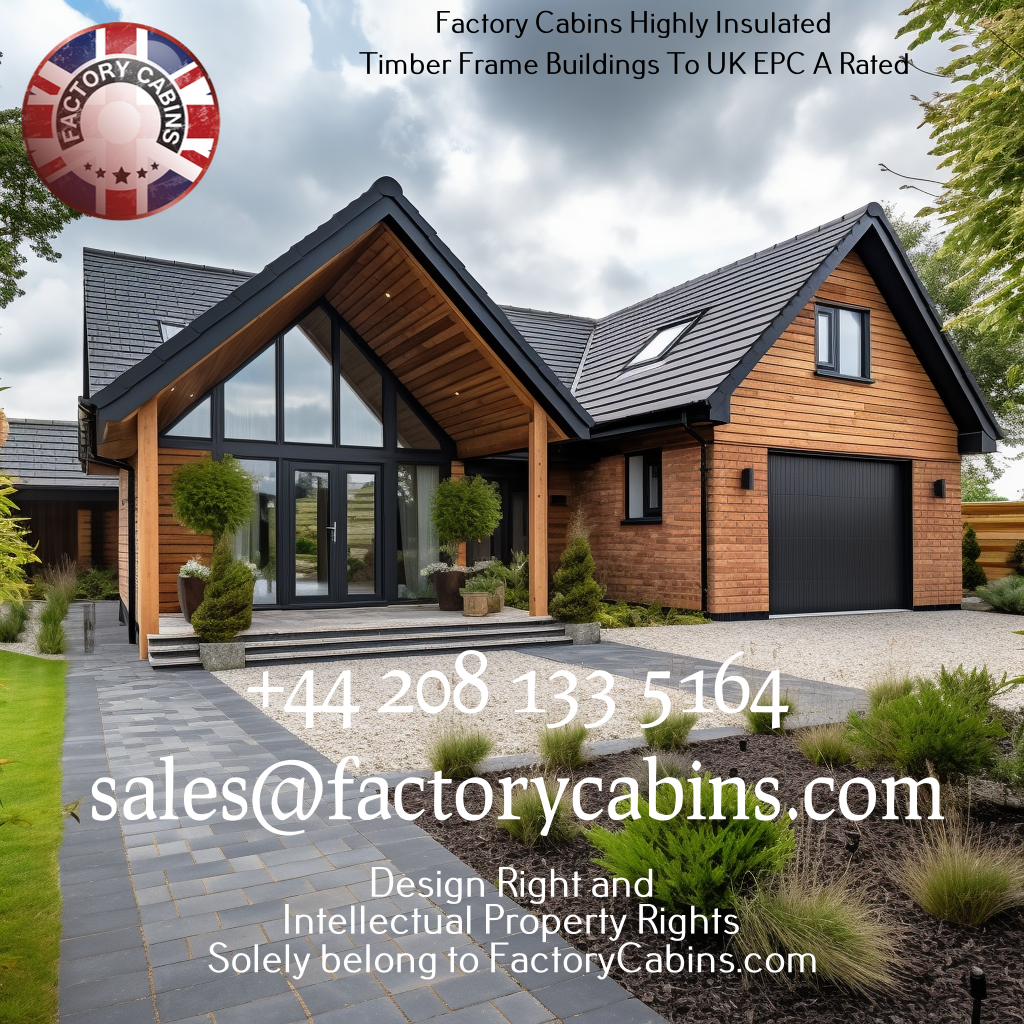
Local Energy Generation and Microgrids
Net Zero Timber Frame Buildings can help create microgrids, which are small-scale, localised energy distribution networks, in urban areas. These microgrids enable communities to share excess energy, minimising waste and increasing the availability to energy during emergencies. This is very much a factory cabin thumbs-up approach.
The Impact of Technology
Technology advancement is a driving force behind the success of Net Zero Buildings. Innovative solutions and smart systems are critical to optimising energy use and overall sustainability.
BEMS (Building Energy Management Systems)
BEMS are sophisticated systems that monitor and control the energy use of a building. They can optimise energy efficiency by adjusting lighting, heating, cooling, and ventilation in real time. These solutions assist Net Zero Timber Frame Buildings in maintaining their energy balance.

The Internet of Things and Energy Analytics
The Internet of Things (IoT) has created new opportunities in energy management. Smart sensors and gadgets can collect data on energy consumption and patterns, allowing building owners to make data-driven decisions to cut energy consumption even more.
Join the Net Zero Initiative.
We’ve discovered that Net Zero Timber Frame Buildings are more than just architectural marvels; they symbolise a commitment to a sustainable future. Net Zero Timber Frame Buildings set the norm for sustainable living by lowering energy usage, utilising renewable energy sources, and prioritising environmental responsibility.
The options are unlimited, whether you’re a homeowner wishing to convert your home into a Net Zero refuge or a developer planning a pioneering Net Zero New Build project. The journey towards net-zero living is about building healthier, more pleasant, and cost-effective homes, as well as decreasing our environmental footprint.
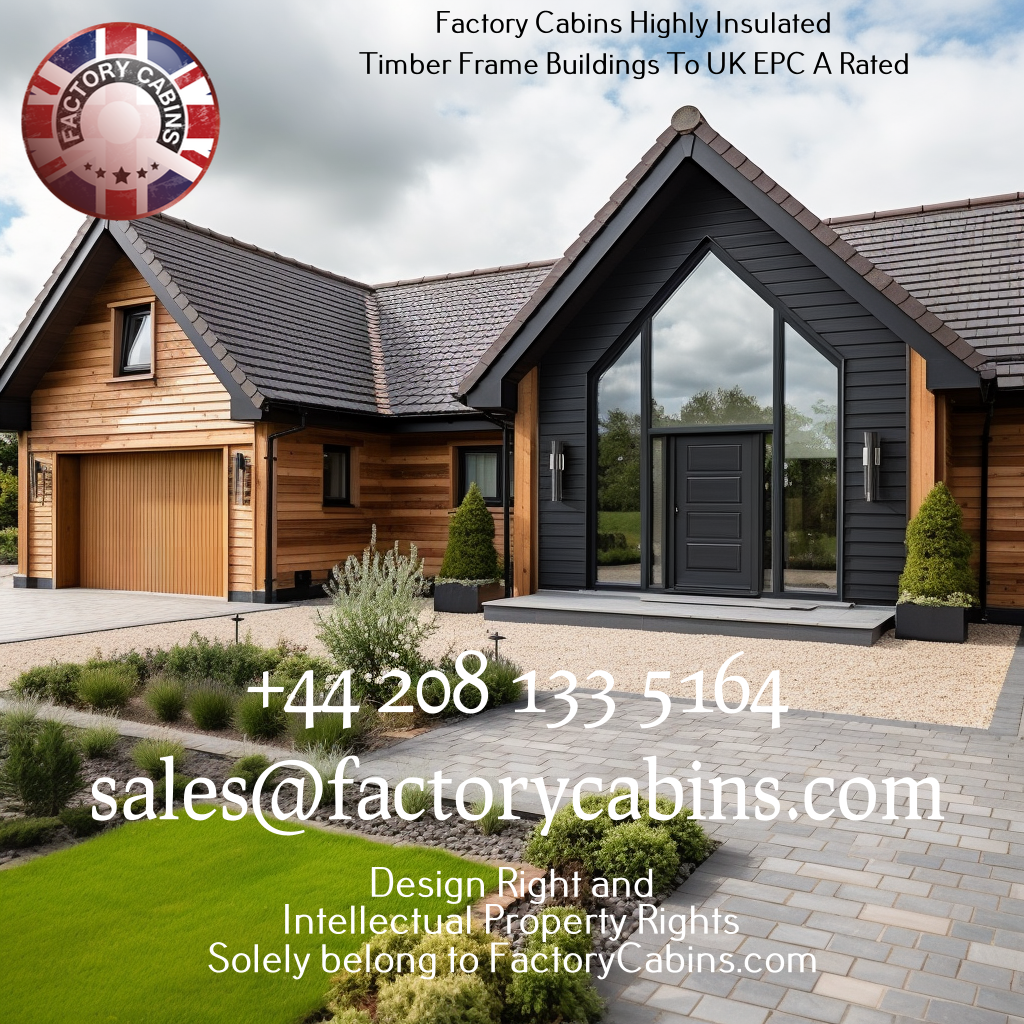
Finally, in an increasingly ecologically concerned world, the Net Zero Building movement is a light of hope. As we face the difficulties of climate change, implementing sustainable principles in construction is a significant step forward. It is a measure that will help not just the current generation but also future generations.
Buildings and green living.
Buildings with a net zero environmental impact
Understanding the larger environmental impacts of net-zero timber frame buildings is critical. These structures are critical in mitigating climate change and decreasing our environmental footprint.
Reduced Carbon Emissions
Net Zero Timber Frame Buildings drastically cut carbon emissions by depending on renewable energy sources and extremely efficient equipment. This cut is an important step towards meeting global climate objectives and addressing the effects of global warming.
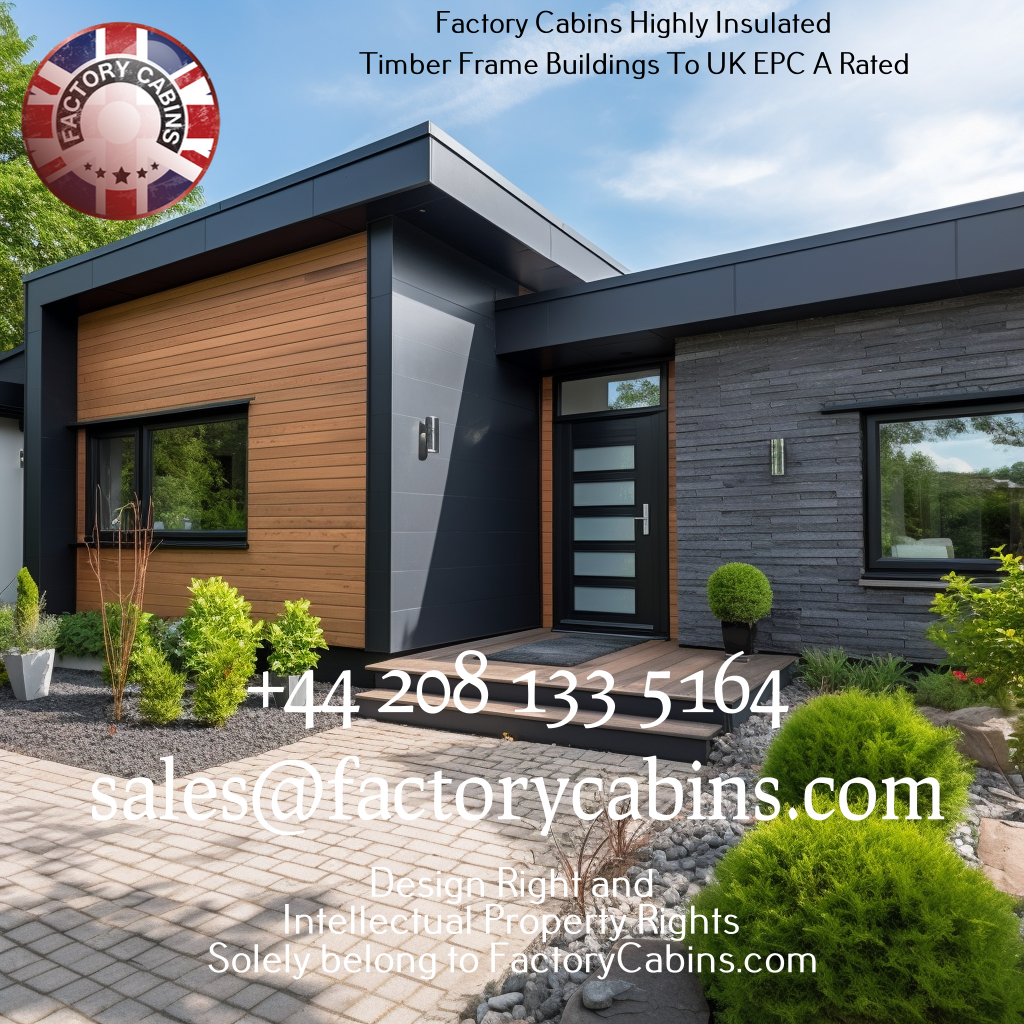
Conservation of Resources
Net Zero Timber Frame Buildings frequently use sustainable resources like reclaimed wood and repurposed steel. This not only lessens the need for virgin resources, but it also aids in reducing the pressure on ecosystems caused by resource exploitation.
The Social and Economic Advantages
Aside from their environmental impact, Net Zero Timber Frame Buildings provide several social and economic benefits to individuals, communities, and enterprises.
Life Quality Improvement
Net Zero Timber Frame Buildings prioritise energy efficiency and indoor air quality, resulting in healthier, more comfortable living and working environments. Residents will have more disposable income when their energy bills are reduced.

Creating Jobs
The expansion of the Net Zero Building business creates jobs in a variety of industries, ranging from renewable energy installation to green construction practises. This job creation is beneficial to the economy.
The Government’s and Policymakers’ Roles
Governments throughout the world are recognising the value of sustainable development and are enacting rules and legislation to encourage net-zero buildings.
Energy Efficiency Requirements
Many countries have imposed stringent energy efficiency standards for new and renovated buildings. These guidelines encourage the use of Net Zero principles in building design and construction.

Green Building Regulations
Green building rules compel developers to meet specified sustainability criteria, supporting the development of environmentally friendly construction. Compliance with these standards frequently results in benefits such as tax breaks and shorter permitting processes.
The Future of Zero-Emission Buildings
We should expect even more inventive solutions in the net-zero building sector as technology advances.
Artificial Intelligence Integration
Artificial intelligence (AI) has the potential to transform energy management in net-zero buildings. AI-powered systems can analyse data in real time and further optimise energy consumption, making these structures even more efficient.
Solutions for Energy Storage
Energy storage technology advancements, such as improved batteries, will allow Net Zero Timber Frame Buildings to store extra renewable energy for use during periods of high demand or when renewable sources are unavailable.
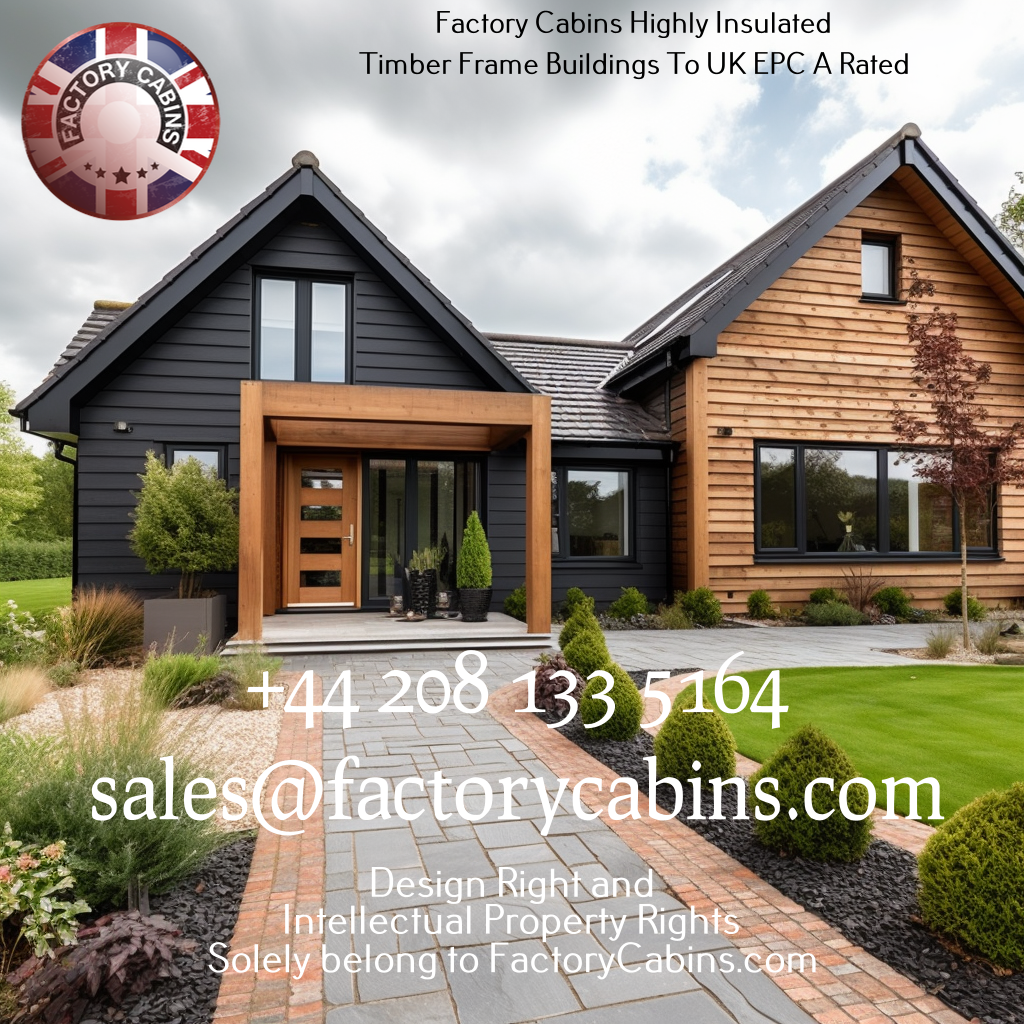
Make the net-zero transition.
To summarise, Net Zero Timber Frame Buildings reflect not simply a sustainable construction trend, but also a shift in how we interact with our surroundings. By adhering to these principles, we may build healthier, more cost-effective, and environmentally responsible living and working environments.
The path to a net-zero future begins with education, awareness, and a dedication to sustainable practises. Whether you’re a homeowner looking to retrofit your house or a developer planning the next generation of Net Zero New Builds, you’re helping to make the world a better, greener place.
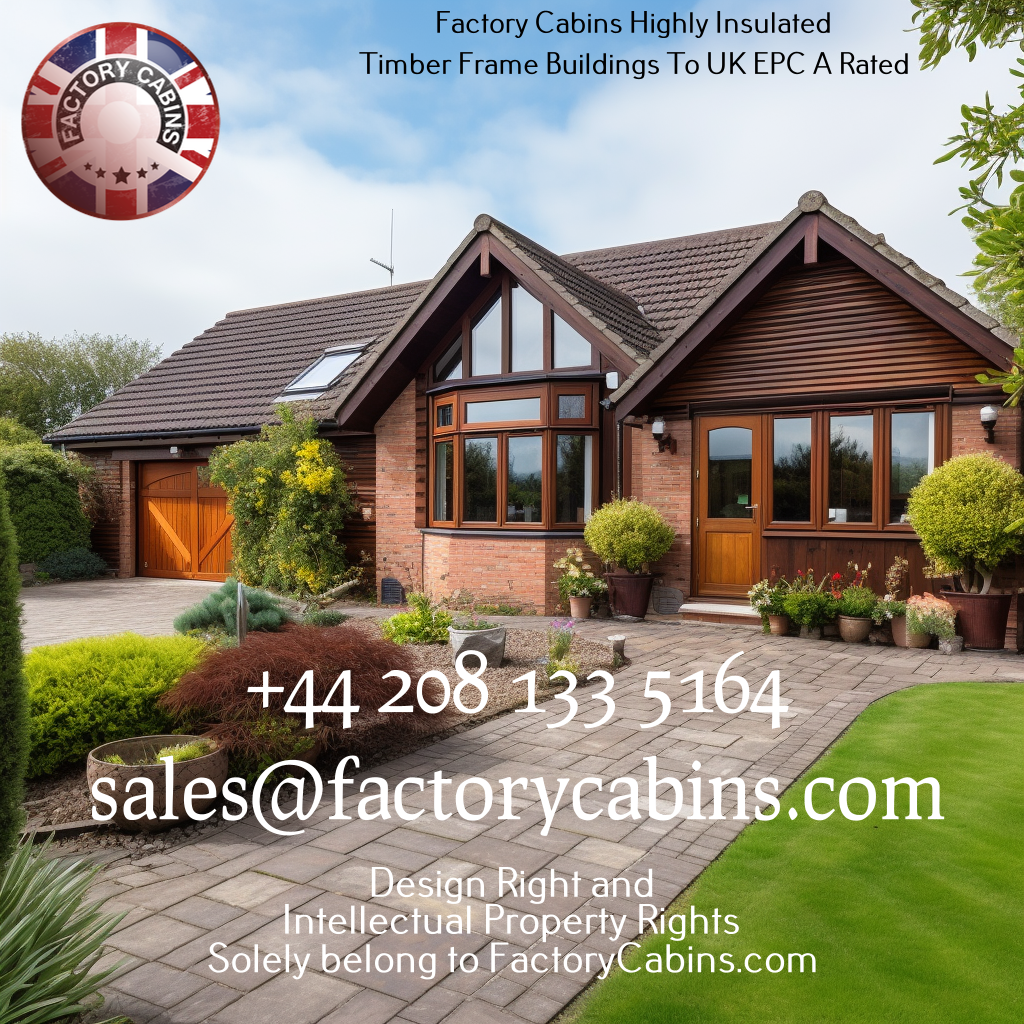
This little beauty will fit everywhere….
What ever you are made to believe, the house, your new Net Zero Build, does not have to look like a second-world war pillar box! Its just all about being clever.
Thank you for reading this long article, but its important to know really what a Net Zero Build really is.
+44 208 133 5164. sales@factorycabins.com
